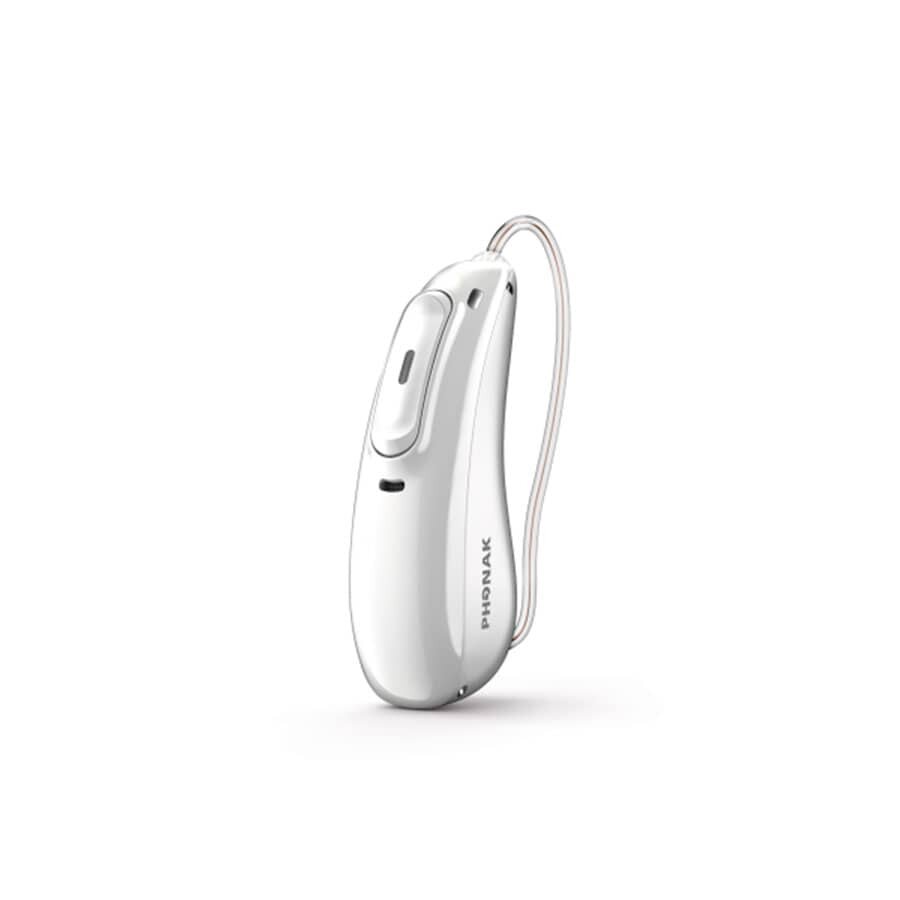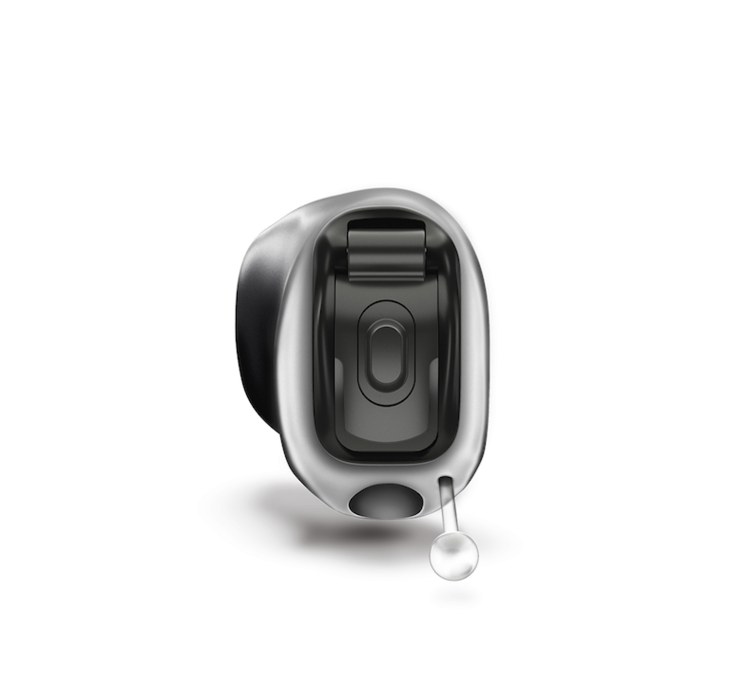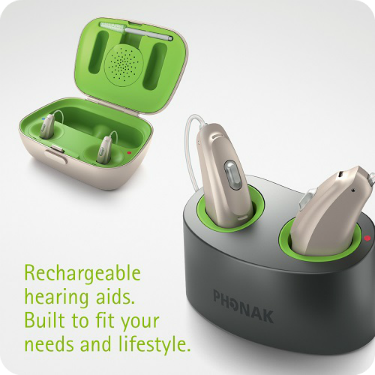Hearing Aids
How do I know which hearing instruments are right for me?
Analog, digital, open fit hearing aids…it can be hard to keep everything straight! The audiologists at Hart Hearing & Balance Centers in Rochester, NY are particularly skilled at determining which hearing aids and options make the best fit for an individual’s hearing loss and lifestyle.
Digital Hearing Instruments
Virtually all modern hearing instruments are digital, which simply means that incoming sounds are converted into numbers for processing by the instruments’ computer chip(s). Digital sound processing varies in sophistication among models of hearing instruments. As such, not all digital hearing instruments are equal in performance. Our audiologists at Hart Hearing & Balance Center will guide you through the myriad of hearing instrument technologies so that you get the right solution for your listening needs, expectations and budget.
Directional Microphones
This technology was developed to help people hear better when in noisy environments. The main problem with hearing in “background noise” is our definition of the word “noise”. We define “background noise” as simply any sound we don’t want to hear; however, hearing instruments don’t know what you want to hear or don’t want to hear. A directional microphone array improves the audibility of sounds coming towards you and lowers sounds coming from beside or behind you. In this way you’re able to tell your hearing instruments what you want to hear simply by facing it. This technology is a great improvement over past hearing aids, but nothing can entirely eliminate “background noise”.
Dynamic Feedback Cancellation
If you had a family member that wore older hearing instruments, you most likely remember a steady whistle being emitted from their ears. Historically, the only way to reduce acoustic feedback whistle was to lower the amplification or plug up the ear canal. Dynamic feedback cancellation, specifically Phase Cancellation, enables us to provide more high-pitch audibility without sacrificing amplification or plugging up your ear canal.
Binaural Processing
This technology is comprised of two hearing instruments that continually communicate with one another wirelessly. Binaural processing can be used to improve the hearing instrument’s’ automated decision-making capabilities, adjust the amplification characteristics of each instrument to maximize the overall signal-to-noise ratio and even to enhance the directionality of a directional microphone array. People with demanding listening lifestyles should strongly consider this technology.
Wireless Connectivity
Many hearing instruments now have the ability to receive sound wirelessly from common electronic devices such as telephones, cell phones, televisions, game consoles, music players, personal microphones and computers using Bluetooth technology.
CROS/BiCROS
While not new, this technology is now considerably better and smaller than it has ever been. These systems are designed for patients with single-sided deafness, or for those with un-usable hearing in one ear. A transmitter worn on the poor ear sends the sounds from that side to a receiver worn on the good ear. This allows the wearer to hear sounds from all around them (in their better-hearing ear), even if those sounds are directed towards their bad ear.
“Open Fit” hearing aids. What are these?
The philosophy behind the open fit is to keep the ear canal as “open” as possible. In the past, at least part of the hearing aid was housed in the bowl of the ear and the ear canal. This enabled the amplified sound to stay in the ear and be delivered to the auditory system. This is a good idea, but not without drawbacks. One is the “occlusion affect”; your own voice may sound louder or hollow, simply because something is plugging up your ear (try putting your fingers in your ears and talking). Open fit instruments are most beneficial for those with a high frequency hearing loss and are available by all major hearing aid companies.
Assistive Listening Devices (ALD's)
What is an Assistive Listening Device?
An assistive listening device (ALD) is any type of device that can help someone function better in day-to-day communication situations. An ALD can be used with or without hearing aids to overcome the negative effects of distance, background noise, or poor room acoustics.
What are examples of ALDs?
FM systems, infrared systems, induction loop systems, one to one communicators, and amplified telephones are examples of ALD technology. All technologies are considered good and each has advantages and disadvantages when it comes to assisting in hearing loss.
“The Staff at Hart Hearing Centers are professional and caring. Peter and Steve demonstrated total concern for my comfort and satisfaction. They took all the time necessary to insure perfect fit and performance; overall my experience was and continues to be outstanding! The hearing aids have made a wonderful improvement in my relationships with the people around me and my overall quality of life!”






